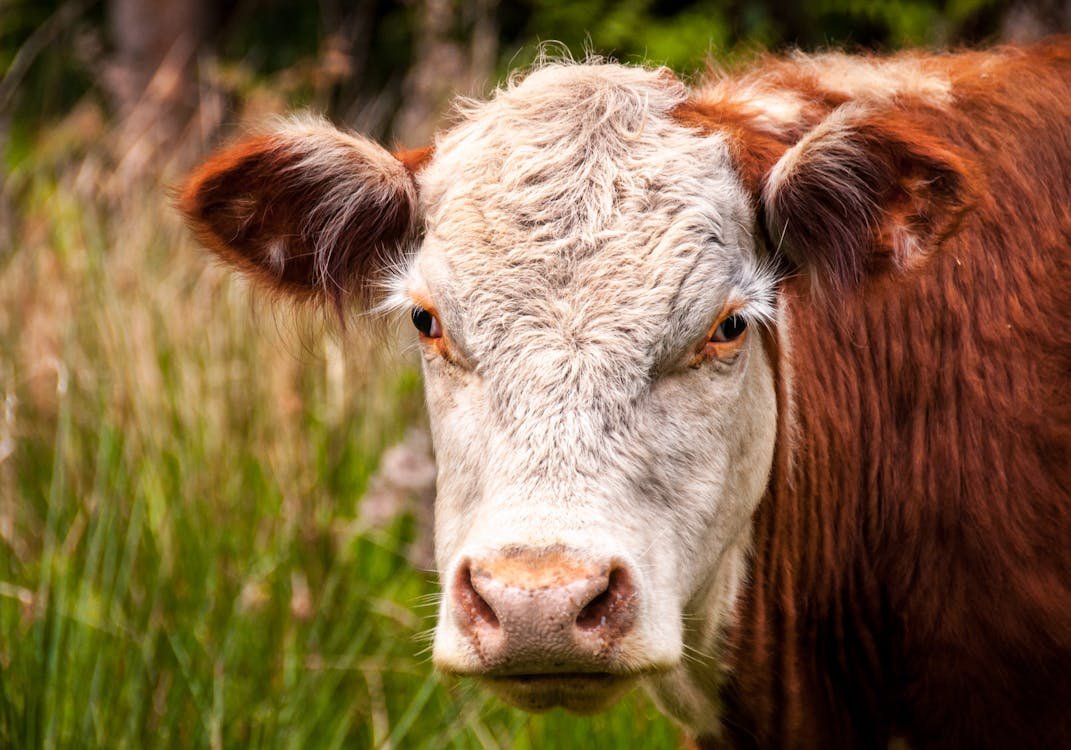Cattle farming has been a cornerstone of agriculture for centuries, providing meat, milk, leather, and other products essential for human consumption and economic activity. However, the industry is currently at a crossroads, driven by various factors such as climate change, consumer demand for sustainability, technological advancements, and shifts in global markets. This article explores key trends and innovations shaping the future of cattle farming.
1. Sustainability and Environmental Concerns
As awareness of climate change and environmental degradation grows, the cattle farming industry faces increased scrutiny regarding its ecological footprint. The sector is responsible for significant greenhouse gas emissions, deforestation, and water usage. In response, farmers are adopting more sustainable practices:
- Regenerative Agriculture: This approach focuses on restoring soil health, increasing biodiversity, and improving water cycles. Techniques such as rotational grazing, cover cropping, and agroforestry help enhance ecosystem services while maintaining productive livestock.
- Precision Farming: Utilizing data analytics and smart technologies allows farmers to optimize resource use. Sensors and drones can monitor cattle health, pasture conditions, and soil quality, leading to more efficient feed and water use, thus minimizing waste.
2. Technological Advancements
Innovation is transforming cattle farming through technology, enabling increased productivity and efficiency:
- Genetic Engineering and Biotechnology: Advances in genetics, such as genomic selection and CRISPR technology, allow farmers to breed cattle that are more disease-resistant, faster-growing, and more efficient in converting feed into meat. This reduces costs and environmental impacts.
- IoT and Smart Farming: The Internet of Things (IoT) enables real-time monitoring of cattle and environmental conditions. Wearable devices can track the health and movement of livestock, alerting farmers to potential issues before they become serious problems.
- Automated Systems: Robotics and automation in cattle handling, milking, and feeding can streamline operations, reduce labor costs, and improve animal welfare. Automated milking systems, for instance, allow cows to be milked on demand, increasing efficiency and comfort.
3. Consumer Demand and Ethical Considerations
Modern consumers are increasingly interested in the origins of their food and the ethical treatment of animals. This shift has significant implications for cattle farming:
- Grass-Fed and Organic Products: There is a growing market for grass-fed beef and organic dairy products. These options often align with consumers’ desires for healthier, more ethically produced food. Farmers are responding by transitioning to more natural feeding practices and achieving organic certification.
- Traceability and Transparency: Consumers want to know where their food comes from and how it was produced. Technologies such as blockchain are being adopted to enhance traceability in the supply chain, ensuring that consumers can verify the origins and handling of their food.
4. Global Market Trends
The cattle farming industry is influenced by global market dynamics, including trade policies, demand shifts, and emerging markets:
- Growth in Emerging Economies: As economies in Asia, Africa, and Latin America develop, the demand for beef and dairy products is increasing. This presents opportunities for cattle farmers but also challenges in meeting these demands sustainably.
- Plant-Based Alternatives: The rise of plant-based diets and meat alternatives poses a competitive challenge to traditional cattle farming. Producers are responding by diversifying their offerings, including investing in alternative protein sources, while also focusing on the unique qualities of beef and dairy that cannot be replicated by plant-based products.
5. Regulatory Changes
Governments worldwide are implementing regulations aimed at reducing the environmental impact of livestock farming. These may include:
- Carbon Credits and Incentives: Farmers may be able to benefit from carbon credit systems that reward sustainable practices. This encourages investment in technologies and methods that lower greenhouse gas emissions.
- Animal Welfare Regulations: Stricter regulations on animal welfare are emerging, requiring farmers to adopt better practices in housing, feeding, and healthcare. Adapting to these regulations can enhance the marketability of products and improve consumer trust.
Conclusion
The future of cattle farming is being shaped by a confluence of technological innovations, changing consumer preferences, and a pressing need for sustainable practices. As the industry adapts to these challenges and opportunities, the focus will increasingly be on creating a more efficient, ethical, and environmentally friendly system. By embracing these trends and innovations, cattle farmers can not only secure their place in a rapidly evolving agricultural landscape but also contribute to a more sustainable future for the planet.

